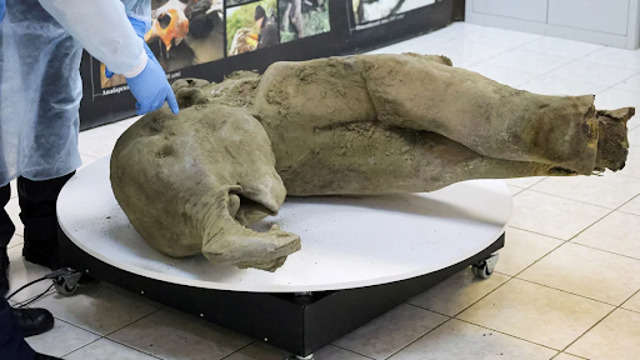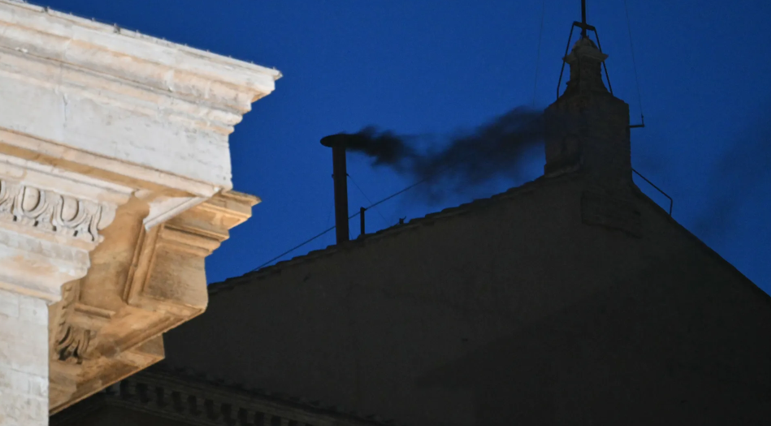
A mammoth with remarkable preservation has been discovered in Siberia, hailed as one of the best-preserved specimens ever found. Reuters
Russian scientists have unveiled the remarkable remains of a baby mammoth discovered in Siberia's Yakutia region. The well-preserved carcass of this one-year-old mammoth, which has been named Yana, was found after more than 50,000 years. The discovery was made in June when the permafrost crater, which had been expanding for years, collapsed, revealing part of the mammoth’s body. Local residents were the first to stumble upon the find.
Maksim Cheprasov, the head of the Mammoth Museum at the North-Eastern Federal University (NEFU) in Yakutsk, described the discovery as one of the most remarkable ever made. “We can say it is one of the best-ever found in the world,” he told the media. Radiocarbon analysis confirmed that the mammoth lived around 50,000 years ago, and it weighed about 397 pounds (180 kilograms) at the time of its death.
The baby mammoth’s discovery is significant not just because of its age but because it’s incredibly well-preserved. The carcass includes fur, skin, and even hooves, which allows scientists to study it in greater detail. Yana’s preserved state provides valuable insights into the life of the mammoths and their harsh environment. Researchers believe that mammoth juveniles grew quickly due to the severe weather conditions of the time. “They needed to become large in order to endure the harsh winter,” explained Cheprasov.
The mammoth was found in the Batagaika Crater, a site that has been expanding since the 1960s and has already yielded other ancient finds, including a horse and bison. When the crater collapsed, the front half of the mammoth’s carcass fell to the bottom, while the back half remained trapped in the permafrost. The back portion was later retrieved by researchers, including Cheprasov and his colleagues.
Researchers Gavril Novgorodov and Erel Struchkov stand beside the carcass of a baby mammoth, believed to be more than 50,000 years old. Reuters
This discovery stands out in the history of paleontological finds. Before Yana, only six complete mammoth skeletons had been found globally — five in Russia and one in Canada. “This is a really unique find, not only for our university, and for Russian science, but also for the world,” said Anatoly Nikolaev, Rector of NEFU.
The find offers an incredible glimpse into the life of a mammoth from the Pleistocene era, a time when woolly mammoths roamed the Earth. The preserved carcass allows scientists to study how these creatures survived in extreme conditions and how their bodies adapted to the cold climate of the time.
The Batagaika Crater, which has been expanding due to thawing permafrost, is becoming an increasingly valuable site for prehistoric discoveries. Yana’s well-preserved body is expected to provide valuable information about mammoth anatomy and life in the ancient world. The excavation has sparked excitement within the scientific community, as it promises to enhance the understanding of the mammoth species and the environment they lived in.
In the coming months, researchers are expected to continue studying Yana’s remains, which could yield even more insights into the mammoth’s life and the prehistoric era it came from. The discovery of this baby mammoth is not just a major scientific breakthrough for Russia but for the entire world of paleontology.















